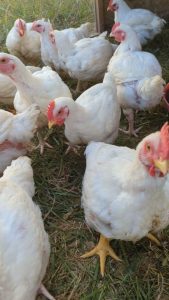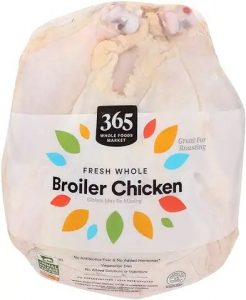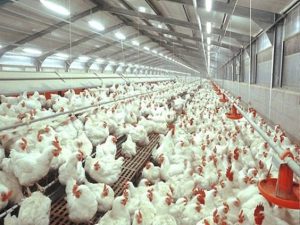Broiler chicken farming is a complex yet highly rewarding endeavor that requires meticulous attention to various factors for optimal growth and productivity. One of the critical elements that significantly impacts the health and well-being of broiler chickens is temperature control. In this article, we delve into why temperature control is paramount in broiler chicken farming and how it influences various aspects of their development.
1. Optimal Growth Conditions
Broiler chickens, bred specifically for meat production, thrive under specific environmental conditions, with temperature being a key determinant. As young chicks, they are particularly vulnerable to temperature fluctuations. The ideal temperature for brooding chicks is around 32-35°C (90-95°F) during the first week, gradually decreasing by approximately 2.5°C (5°F) per week until reaching around 21-24°C (70-75°F) by the fourth week. Maintaining these temperatures ensures that the chicks can devote their energy to growth rather than regulating their body temperature.
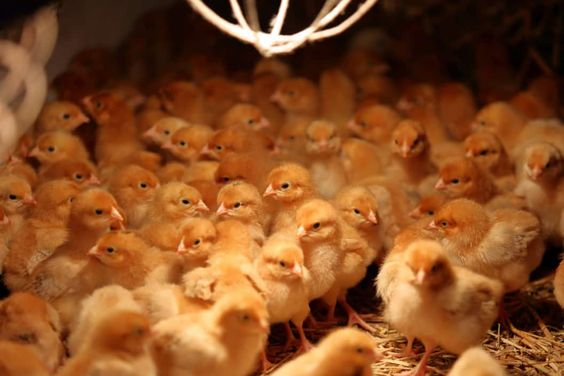
2. Health and Immunity
Proper temperature control directly impacts the health and immunity of broiler chickens. If temperatures are too high or too low, chicks can suffer from stress, which weakens their immune systems and makes them more susceptible to diseases. Heat stress, in particular, can lead to decreased feed intake, reduced growth rates, and even mortality if not managed promptly. On the other hand, cold stress can cause chicks to huddle together, leading to trampling and further stress.

Not to mention, our company can help you to start by giving you all the necessary information you need to get started if not yet in the business. Please check our online shop, we have all the standard business proposals for different capacities at very a cheap price made by the best agricultural specialists as well as Standard design plans that are made by the best agricultural architects around the globe. please visit our online shop now using the links below to witness by yourself
Design plans (FARM HOUSE DESIGNS – Kimd Construction & Farm Consultants)
Business plans (BUSINESS PLANS & PROPOSALS – Kimd Construction & Farm Consultants)
Welcome back from visiting our shop, hope you have placed your order for any of our products or you can place it after navigating more of our informative articles.
So let us continue with the article!
3. Feed Conversion Efficiency
Temperature control also plays a crucial role in feed conversion efficiency, which is a key metric in broiler chicken farming. When temperatures are within the optimal range, chickens are more likely to consume feed consistently, leading to better growth rates and improved feed conversion ratios. This efficiency is vital for maintaining profitability in commercial broiler farming operations.
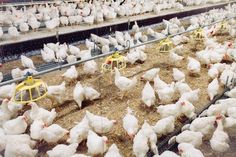
4. Environmental Considerations
Beyond the direct impact on chickens, temperature control in broiler farming also has environmental implications. Efficient temperature management reduces energy consumption associated with heating or cooling facilities, contributing to sustainable farming practices. It also minimizes greenhouse gas emissions and reduces the overall carbon footprint of poultry production.
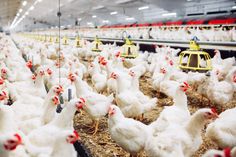
5. Technology and Innovation
Advancements in technology have enabled poultry farmers to achieve precise temperature control through sophisticated ventilation systems, heaters, and environmental monitoring devices. These innovations allow farmers to create microclimates within poultry houses that optimize conditions for broiler chickens at every stage of their growth cycle.
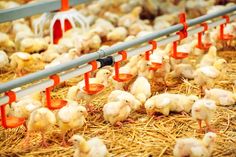
Conclusion
In conclusion, temperature control is not just a luxury but a necessity in broiler chicken farming. It affects every aspect of the birds’ development, from their growth rates and feed efficiency to their overall health and well-being. By investing in proper temperature management practices and leveraging technological advancements, poultry farmers can ensure optimal conditions for their broiler chickens, leading to healthier flocks and improved profitability. As the demand for poultry continues to grow globally, maintaining high standards of temperature control will be crucial in meeting these demands sustainably and responsibly.


